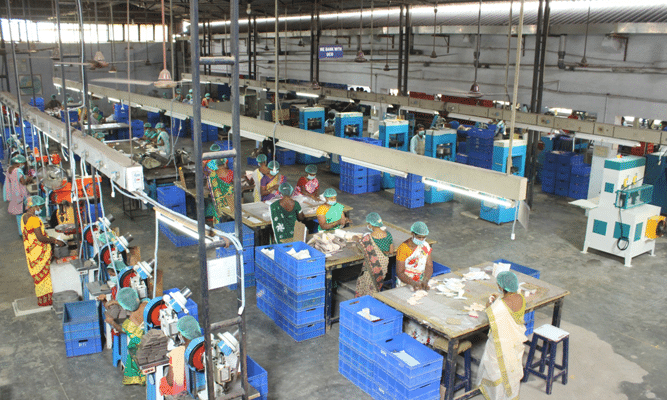Small businesses in India have a unique set of working capital needs based on their business cycle. To calculate your working capital needs, you must first understand your business cycle and then use various financial tools to determine how much money you need to maintain operations.
Understanding your business cycle includes understanding your business’s seasonality and any one-time events that can impact your cash flow. Once you understand your business cycle, you can start looking at financial tools to help you calculate your working capital needs. A cash budget outlines all of the inflows and outflows of cash for a specific period. This can help forecast your working capital needs.
Depending on your business’s phase, the working capital needs will vary. Businesses still establish themselves and need funds to cover inventory, salaries, and rent expenses. Working capital needs are relatively high as businesses are still expanding. Working capital needs tend to be lower during this phase as businesses don’t need to reinvest as much into the business. Working capital needs are typically lower during this phase as businesses cut costs.
Cash flow is the lifeblood of any business, and working capital is a key metric used to measure a company’s short-term financial health. Working capital is the difference between a company’s current assets and liabilities. A company’s business cycle is the time it takes to complete one cycle of business activity, from production to sales. In India, the working capital needs to be based on the business cycle. The working capital cycle is the time taken to convert raw materials into finished goods and then convert the finished goods into cash.
Phases of the business cycle
- Expansion Phase: This is when businesses are growing and expanding rapidly. They are typically investing in new products, new premises, and hiring new staff.
- Consolidation Phase: This is when businesses start to stabilise and focus on consolidation. They may pay off loans from the expansion phase or change their product range or staffing levels.
- Contraction Phase: This is when businesses start to experience a slowdown and may even begin to contract. They may reduce their workforce, close branches, or reduce marketing spending.
- Recovery Phase: Businesses start to recover from the contraction phase and return to growth. They may invest in new products or markets and begin to expand again.
Factors that Influence Working Capital Requirements
- Business cycle: Working capital needs will vary depending on whether the business is in a growth or contraction phase.
- Sales volume: Generally speaking, businesses with higher sales volumes will require more working capital to maintain operations.
- Product mix: The mix of products and services the business offers can impact working capital requirements. Businesses that offer more complex products or services may need more inventory and therefore require more working capital.
- Payment terms: The payment terms offered by suppliers can influence how much working capital is required. Businesses that offer longer payment terms to their suppliers will have more money tied up in accounts receivable and need more working capital.
How to Calculate Working Capital Needs in India?
- Working capital needs are usually calculated based on the business cycle. This method uses three main factors: your average daily sales, your average accounts receivable collection period, and your average inventory turnover.
- To calculate your working capital needs, you first need to determine your average daily sales. To do this, take your total sales for the year and divide it by 365 days.
- You need to determine your average accounts receivable collection period. These are the days it takes you to collect customer payments after a sale is made. It would help if you calculated your average inventory turnover. This is the number of times you sell and replace your inventory annually.
Strategies for Managing Working Capital
- Reviewing Accounts Receivable and Payable: Regularly reviewing accounts receivable and payable balances can help businesses keep track of their current cash flow situation and identify any potential issues that may need to be addressed.
- Maintaining an Optimal Inventory Level: Keeping inventory levels at an optimal level can help businesses reduce the amount of working capital tied up in stock while ensuring that they have enough products to meet customer demand.
- Analysing Cash Flow Statements: Analysing cash flow statements regularly can help businesses track their progress in managing working capital and identify areas where improvements may be needed.
- Utilising Short-Term Financing Options: When necessary, short-term financing options, such as lines of credit or business loans, can help businesses bridge any gaps in their working capital needs.
Businesses will require working capital to cover day-to-day expenses such as inventory, wages, rent, utilities, etc. Working capital requirement will also depend on the business’ growth plans and how quickly it expects to expand. The shorter the cash conversion cycle, the less working capital a business needs.
Ensure that your business has sufficient working capital; it is important to review and manage your financial accounts regularly and to forecast your future cash flow needs.



